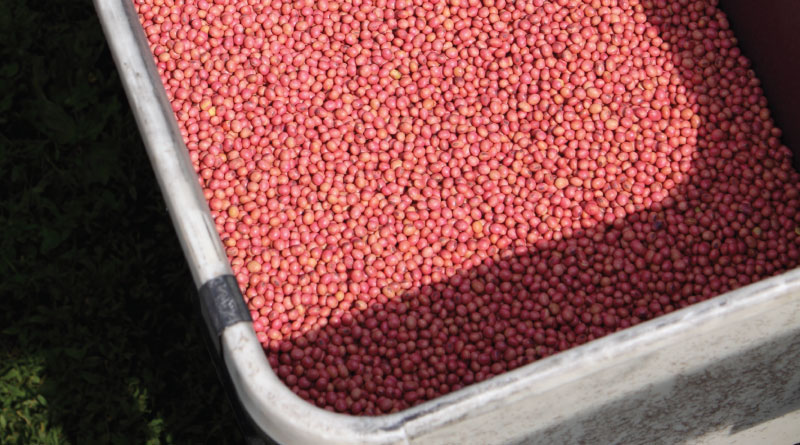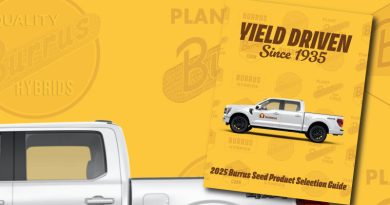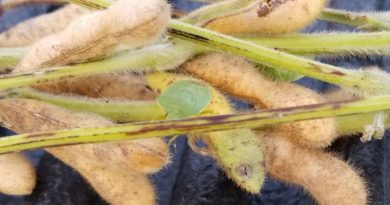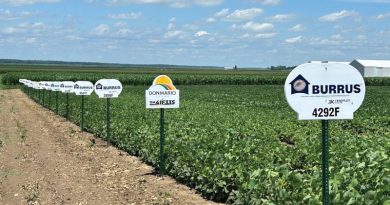Seed Lubricants for Plantability
Seed flowability issues can create frustration. When soil conditions are favorable, we all want to plant seed accurately with minimum inconvenience. I encourage you to understand the vital role and purpose of seed lubricants. Know your planter recommendations and take the time needed to get the application process correct.
Seed Treatment & Humidity
Seed treatments are hygroscopic, meaning “water loving.” This naturally makes sense because water is a carrier in the application process. Unfortunately, this also means that treated seed can readily absorb moisture under humid environments. We should also consider the surface area of treated seed is larger, which allows for greater absorption of moisture.
Planter Conditions
The microenvironment in the planter itself plays a role in seed plantability. Bulk-fill and vacuum style planters move and concentrate air flow. This concentrated air is typically warmer than ambient air temperatures because of the heat generated by fans used to move seed. This results in a more humid environment inside the planter, increasing the likelihood of seed stickiness. Seed can readily generate static electricity by rubbing against the many plastic parts within the planter unit resulting in seed hang up.
Types of Lubricants & Their Purpose
- Graphite serves as a lubricant to decrease mechanical wear and acts as an electrical conductor to ground any static electricity in the planter. If you apply too much, it can dirty up planter sensors (causing them to read inaccurately), decrease singulation, and create excessive mess.
- Talc acts as a drying agent by filling the hygroscopic pores in the treated seed, preventing moisture from being absorbed. It also acts as an electrical insulator, preventing the transfer of static electricity. Excessive off-target dust can occur from seed-applied insecticides if you apply too much.
- Fluency agents act as a lubricant to decrease wear in mechanical parts and are an electrical insulator. This type of lubricant reduces seed treatment dust off and creates less mess during handling compared to graphite. If too much is applied, the planter meter can become sticky or gummy. This is especially true under humid planting conditions, resulting in excessive skips.
We should note there are good practices growers can implement to improve planting accuracy. Pre-conditioning is the process of placing the seed outside or in a warmer environment for a period of time before planting. This allows seed temperature to equilibrate to ambient conditions. Research has shown the probability for condensation increases when ambient temperatures are over 20 F warmer than seed temperature. If you notice dampness or stickiness, adding talc can help ease these issues. Lastly, it is important to thoroughly mix in any lubricant used. Research has shown partially mixed lubricant only improved seed flow by 12% compared to not using any lubricant at all. However, if a seed lubricant is thoroughly mixed, seed flowability improved 156% compared to using no lubricant.
Despite the specific characteristics of each lubricant mentioned above, it is important to refer to and abide by your planter manufacturer’s guidelines as a default. Keep in mind conditions often become warmer and more humid as the planting season progresses, making it appropriate to tweak your lubricant mix as conditions change. Should you have questions on seed lubricants, please reach out to your Burrus Representative.
written by Burrus Field Agronomist, Dana Harder, CCA






